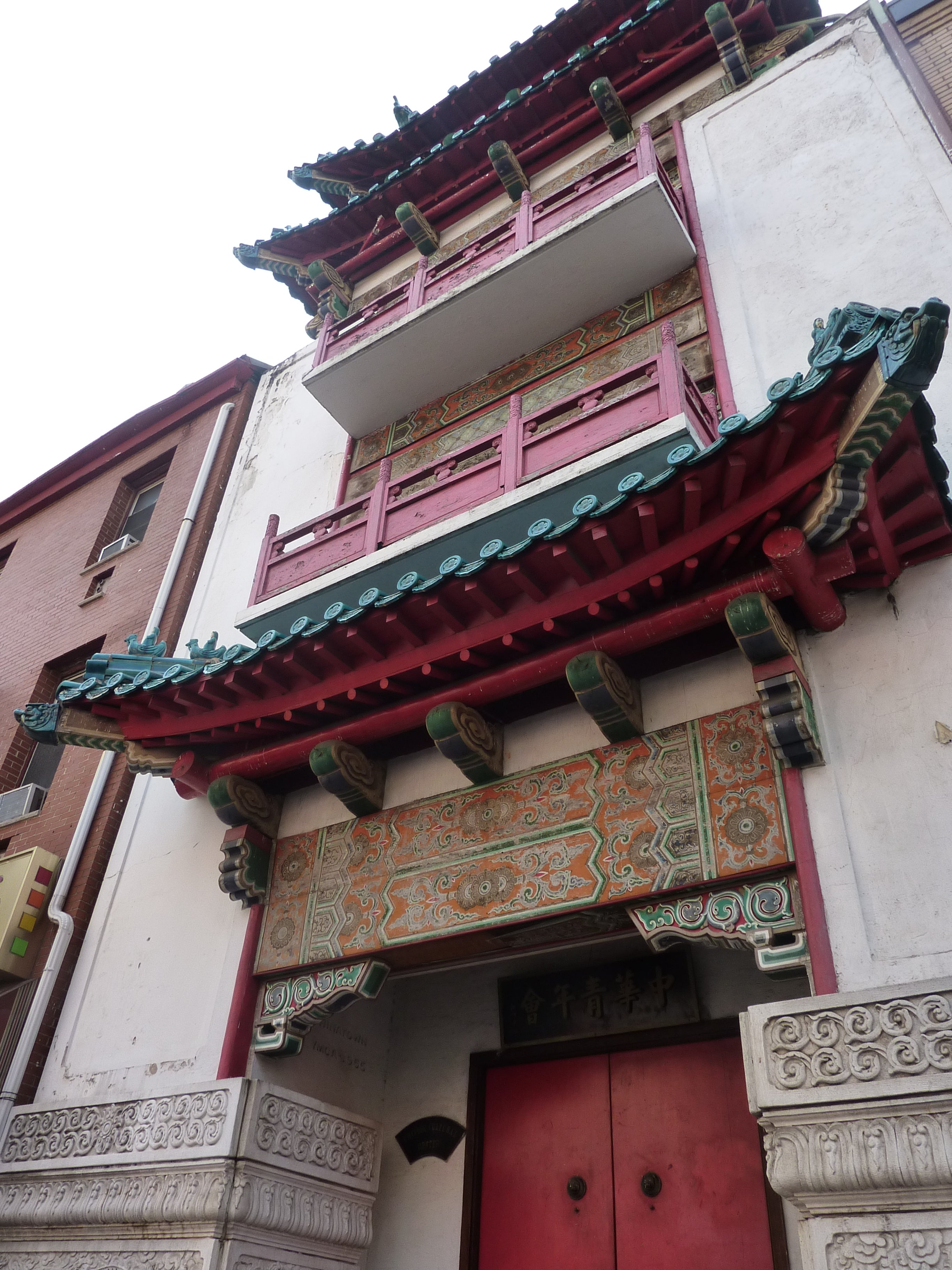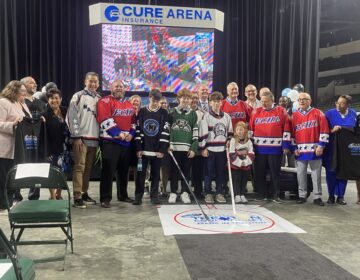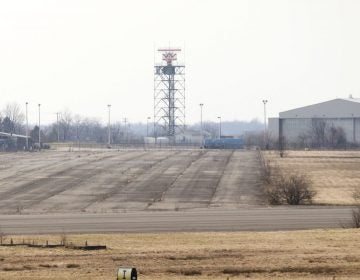August 19: Philly spends $200 million a year on biz tax breaks | CyclePhilly update | Zoning as opportunity hoarding

A new Pew report says Philadelphia leads the nation’s largest cities in offering business tax breaks, reports Claudia Vargas. All told, the City forfeits over $200 million a year through tax expenditures and incentives. The two largest incentives are the Keystone Opportunity Zones and the 10-year tax abatement for property improvements. For context, the city collected around $420 million in Business Income and Receipts Tax revenue last year, so about 50% of that haul is given away as tax incentives. A bill introduced by Councilwoman Helen Gym requiring businesses to disclose these tax breaks and track the number of jobs created is on the calendar for final passage in City Council.
DVRPC released an updated CyclePhilly map this week, showing the most popular cycling routes with their app users. Read our report on the findings from the first six months of data.
Sandy Smith has photos from inside the 185-year-old Chinese Cultural and Community Center in Chinatown, which has been vacant since 2007. The building is under the conservatorship of Scioli Turco. “No sale of the building can take place, however, until the Court of Common Pleas issues a ruling allowing the building to be listed and actively marketed for sale. The court is scheduled to hear the case for this building on Sept. 22.” Read Ashley Hahn’s 2013 Eyes on the Street piece on the Center.
Larry Platt writes about Stacey Mosley’s FixList property data tool, which among other things, assigns properties a “Redevelopment Score” signaling how ripe they are for redevelopment. “It’s not meant to highlight ‘This is a great place,'” Mosley says, “It’s meant to highlight ‘This is a great place to renew something.’”
Richard Reeves and Dimitrios Halikias at Brookings make the case that zoning is an important class barrier standing in the way of greater social and economic mobility. “Zoning is one form of “opportunity hoarding” that sharpens the divisions between ordinary and upper middle class Americans “
WHYY is your source for fact-based, in-depth journalism and information. As a nonprofit organization, we rely on financial support from readers like you. Please give today.






